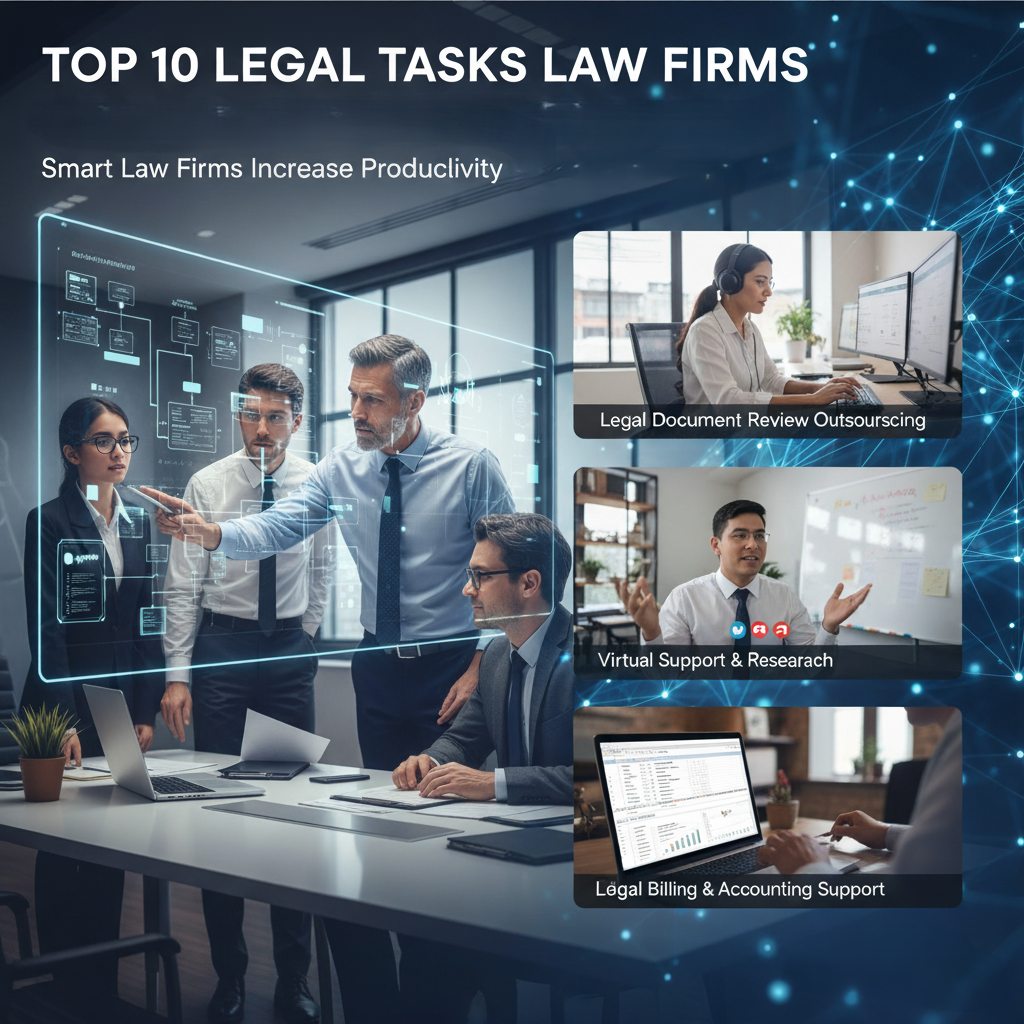- Resources
- Court dismisses lawsuit against Apple for failure to prevent distracted driving in fatal car crash
Court dismisses lawsuit against Apple for failure to prevent distracted driving in fatal car crash
May 2, 2023
In a recent court case, representatives of victims of a car crash sued Apple for their failure to implement a patent and for their failure to warn users about the dangers of distracted driving. The court was asked to determine whether a driver’s neurobiological response to a smartphone notification could be considered a cause in fact of a car crash under Texas law. However, the court ultimately decided that answering in the affirmative would entail an impermissible innovation or extension of state law, and therefore, the court answered in the negative.
The case involved Ashley Kubiak, who was driving her pick-up truck when she received a text message on her iPhone 5. Kubiak looked down to read the text and then turned her attention back to the road, but it was too late to avoid colliding with another vehicle carrying two adults and a child. The adults died, and the child was left paralyzed. Kubiak was convicted of two counts of criminally negligent homicide.
Representatives of the victims of the car crash sued Apple, alleging that Apple’s failure to implement a “lock-out mechanism” and to warn users about the dangers of distracted driving caused the accident. They also argued that receipt of a text message triggers an automatic and unconscious neurobiological compulsion to engage in texting behavior. The plaintiffs relied on various studies and reports, including a proposed expert report, to support their claims.
However, the court ultimately dismissed the case, stating that answering in the affirmative would require an impermissible innovation or extension of state law. The court noted that even in cases where a course of decisions allows for predictions about state law, it is not for the court to adopt innovative theories of recovery under state law. Therefore, the court could not find that a driver’s neurobiological response to a smartphone notification could be a cause in fact of a car crash under Texas law.
The court’s decision highlights the importance of understanding the limitations of the law in certain situations. While it may be tempting to hold companies accountable for their failure to implement safety features or to warn users about the dangers of certain behaviors, the law may not always support such claims. In this case, the court found that the plaintiffs’ claims went beyond the scope of existing state law and therefore, the case could not proceed.
In conclusion, the Texas court dismisses Apple’s lawsuit and highlights the need for clearer regulations on technology use while driving.
This case serves as a reminder of the importance of understanding the limitations of the law and the need for clear and concise regulations around technology use while driving. While technology companies have a responsibility to ensure the safety of their products, it is also important for individuals to take responsibility for their actions and avoid engaging in distracted driving behaviors. By working together, we can create a safer driving environment for everyone.
All Categories
- Agile Legal Support (1)
- Case Law (88)
- Case Studies (6)
- Demand Letter (14)
- Deposition Summaries (11)
- Legal Outsourcing (3)
- Legal Research (72)
- Marketing (1)
- Medical Summaries (14)
- Others (4)
- Personal Injury (54)
- Virtual Assistant (59)
- Virtual Paralegal (2)
Related Blogs




